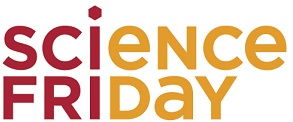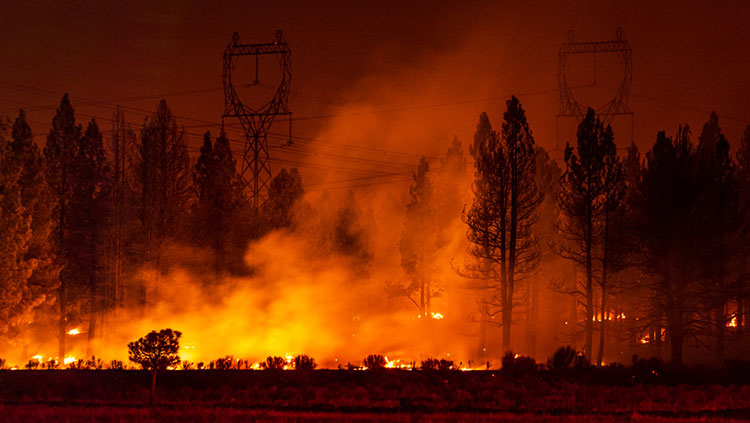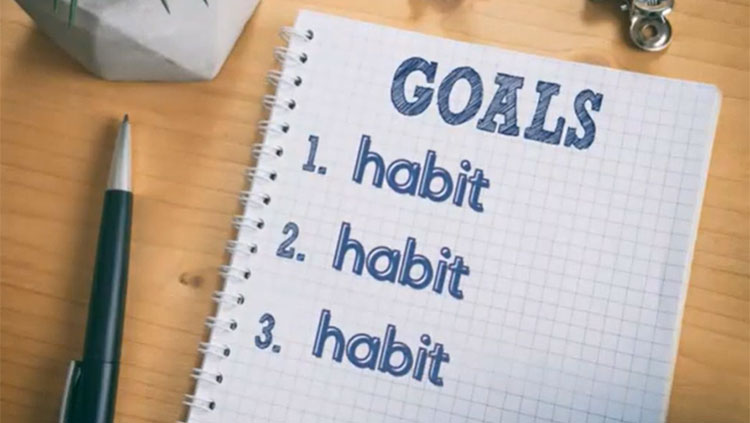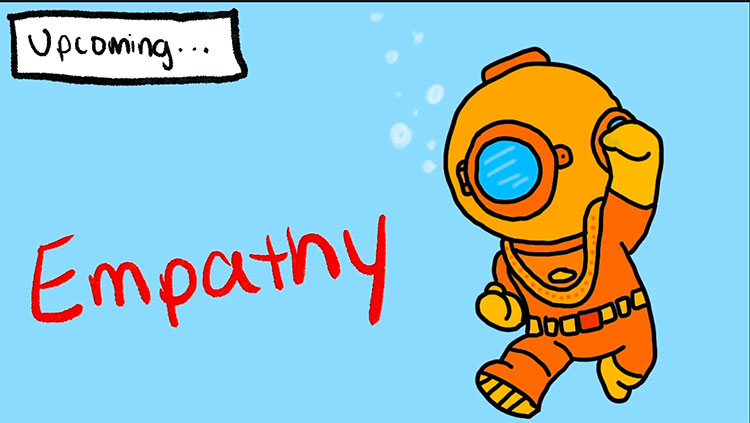Can Marijuana Help or Hurt Adolescent Health?
- Published20 Apr 2016
- Reviewed20 Apr 2016
- Source Science Friday
A roundtable of scientists discuss ongoing research on the effects and potential applications of marijuana for adolescents in the United States in this podcast from Science Friday.
Produced by Becky Fogel.
Across the U.S., more than 20 states have legalized marijuana for medicinal purposes and four have also permitted recreational use of the drug. Colorado, for example, first allowed the use of medical marijuana in 2000, and with Colorado Amendment 64 in 2012, legalized recreational use of cannabis as well. Despite the growing prevalence of these laws, conducting research on the potential impacts of the drug — both in terms of medical applications and health effects — continues to be a challenge for scientists. One barrier is that the federal government classifies marijuana as a Schedule I Controlled Substance, meaning it has “no currently acceptable medical use in the United States, a lack of accepted safety use under medical supervision, and a high potential for abuse.”
Still, federal and state governments (states sometimes need additional federal approval) do fund and conduct research into the potential effects and uses of cannabis. For instance, in 2014 the Colorado State Board of Health approved studies seeking certain applications for medical marijuana, such as treating pediatric epilepsy and inflammatory bowel disease in young adults. And in addition to understanding whether or not marijuana could be an effective form of treatment for pediatric diseases, researchers also want to understand the health ramifications for recreational users — especially when it comes to teenagers and their brain development.
A roundtable of researchers joins Ira Flatow to discuss the challenges of conducting research on the effects of marijuana as well as what we do and don’t know about the patterns and effects of recreational use of the drug amongst teens.
CONTENT PROVIDED BY

Science Friday
Also In Diet & Lifestyle
Trending
Popular articles on BrainFacts.org

















